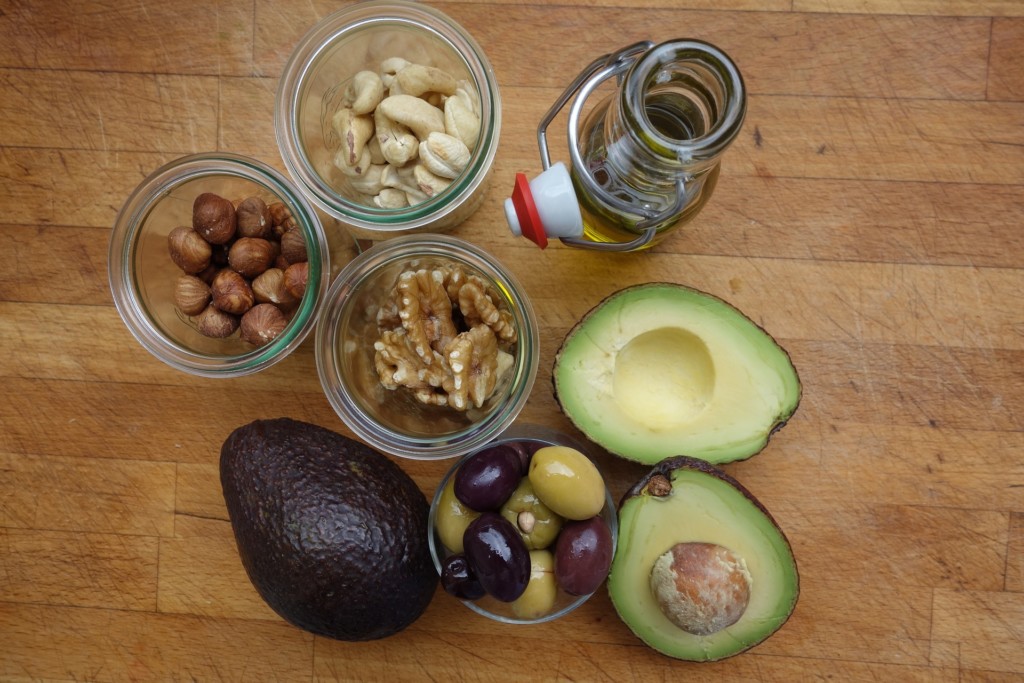
Type 2 Diabetes Prevention is within your control.
If you’re currently at an increased risk for Type 2 Diabetes because of excess weight or obesity, high cholesterol, or a family history of diabetes, you can avoid progression to this life altering disease. Some risk factors like biological sex, age, and family history are out of your control, but changing your lifestyle could be a big step toward diabetes prevention — and this is within your control!
If you have prediabetes — a blood sugar reading that is just below the level of a diabetes diagnosis, you can prevent or delay the onset of disease.
If you are already diagnosed with Type 2 Diabetes, changing your lifestyle now, may help you avoid the serious health complications of diabetes such as brain, eye, nerve, kidney, heart, and blood vessel damage in the future,
It’s never too late to start.
An ounce of prevention is worth a pound of cure.
-Benjamin Franklyn
Here Are Some Way to Prevent Type 2 Diabetes
1. Lose excess weight

Losing excess weight reduces the risk of diabetes. People in one large study reduced their risk of developing diabetes by 60% after losing 7% of their body weight with changes in exercise and diet.
The American Diabetes Association recommends that people with prediabetes lose at least 7% to 10% of their body weight to prevent disease progression. For example, if you weigh 180 pounds, you should lose between 12 ½ to 18 pounds. This is totally doable. More weight loss will translate into even greater benefits.
Find out your current weight and set a reasonable weight-loss goal of 1 to 2 pounds a week.
Get the assistance of a health coach through a group or individual program to guide and support you.
2. Be More Physically Active

Exercise can help you:
- Lose weight
- Lower your blood sugar
- Improve insulin sensitivity to keep your blood sugar normal
Physical activity goals for most adults to lose weight and maintain a healthy weight include:
- Aerobic exercise.
- Moderate to vigorous aerobic exercise, like brisk walking, swimming, biking, or running. Thirty minutes or more on most days for a total of at least 150 minutes a week.
- Resistance exercise.
- Resistance exercise, at least 2 to 3 times a week increases your strength, balance, and ability to maintain an active life.
- Training includes weightlifting, yoga, and calisthenics.
- Limited inactivity.
- Long bouts of inactivity, such as sitting while watching television or at the computer, promote weight gain and blood sugar dysregulation. Take a few minutes to stand, walk around or do some light activity at least every hour.
3. Eat More Plant-based Food

Carbohydrates include sugars, starches, and fibers. Your body needs sugars and starches for energy. Plant-foods contain dietary fiber that is not digested or absorbed and this promotes weight loss and lowers the risk of diabetes.
Eat a variety of healthy, fiber-rich foods, which include:
- Fruits, such as tomatoes, peppers, and fruit from trees
- Non-starchy vegetables, such as leafy greens, broccoli, and cauliflower
- Legumes, such as beans, chickpeas, and lentils
- Complex starches, such as sweet potatoes, yams, cassava, breadfruit
- Whole grains, such as whole-wheat pasta and bread, whole-grain rice, whole oats, and quinoa
The benefits of fiber include:
- Slowing the absorption of sugars and lowering blood sugar levels
- Interfering with the absorption of dietary fat
- Promoting the elimination of cholesterol
- Managing other risk factors that affect heart health, such as blood pressure and inflammation
- Helping you eat less because fiber-rich foods are more filling and energy rich
Avoid foods that are “bad carbohydrates” — That is to say foods high in sugar with little fiber or nutrients. These include:
- White bread and pastries
- Pasta from white flour
- Fruit juices, and
- Processed foods with sugar or high-fructose corn syrup.
4. Eat Healthy Fats

Yes, your body needs fats to function, but fats are high in calories and should be eaten in moderation. Your diet should include foods with unsaturated so called “good fats.” These promote healthy blood cholesterol levels and good heart and blood vessel health. Sources of good fats include:
- Olive, sunflower, safflower, cottonseed, and coconut oils
- Nuts and seeds, such as almonds, cashew, flaxseed, and pumpkin seeds
- Fatty fish, such as salmon, mackerel, sardines, tuna, and cod
Saturated or “bad fats,” are found in dairy products and fatty meats. These can be reduced by eating low-fat dairy products, lean chicken, turkey, and pork.
5. Skip Fad Diets and Make Healthier Choices
Many fad diets, those that promise great results with little effort or promote extreme restriction, such as the paleo, or keto diets, may help you lose weight. The long term effects of these diets or their role in diabetes prevention are not so clear however.
You should aim to lose weight safely, and then maintain a healthier weight moving forward with sustainable lifelong habits. These habits should therefore include some of your own preferences for food and healthy traditions of your culture.
A basic approach to making good food choices and eating the right portions, is to divide up your plate.
These three divisions on your plate promote healthy eating:
- One-half: fruit and non-starchy vegetables
- One-quarter: whole grains or complex starches
- One-quarter: protein-rich foods, such as legumes, fish, or lean meats.
The Time to Act Is NOW
Diabetes affects all races, however a study found that the chance of developing diabetes was significantly higher for black adults than for white adults (about 66 more cases of diabetes per 1,000 people). The greatest difference was between black women and white women. This difference was shown to be linked to obesity.

Other risk factors include:
- Having a parent, brother, or sister with diabetes
- Being older than 40 years
- Being a male
- Having a body-weight greater than that recommended for your height
- Having a waist measurement greater than 35 inches for females and 40 inches for males.
- Being physically inactive
- Women who have given birth to a baby weighing over 9 pounds or who had diabetes during pregnancy.
According to The American Diabetes Association, adults aged 45 or older and from the following groups should be screened with blood tests for type 2 diabetes:
- People who are younger than 45 but are overweight or obese and have one or more risk factors associated with diabetes.
- Women who have had gestational diabetes (diabetes in pregnancy)
- People who have been diagnosed with prediabetes (blood sugar just below the diabetes range)
- Children who are overweight or obese and who have a family history of type 2 diabetes or other risk factors
Take Action Now
Type 2 Diabetes prevention is within your control.
Get tested with a fasting blood glucose level or a Hemoglobin A1c level which shows how your average blood sugar over the previous three-month period.
Talk to your doctor about diabetes prevention and educate yourself about this disease. If you are prediabetic stop the slide by changing your dietary and lifestyle habits.
Engage a health coach or wellness consultant to assist you on your journey to being in control of your own health.
Reference:
Diabetes prevention: 5 tips for taking control – Mayo Clinic, https://www.mayoclinic.org/diseases-conditions/type-2-diabetes/in-depth/diabetes-prevention/art-20047639?p=1.

2 Comments
Mark
Thanks for your blog, nice to read. Do not stop.
pbuchanan
Thank Mark, for your kind comment.
Comments are closed.